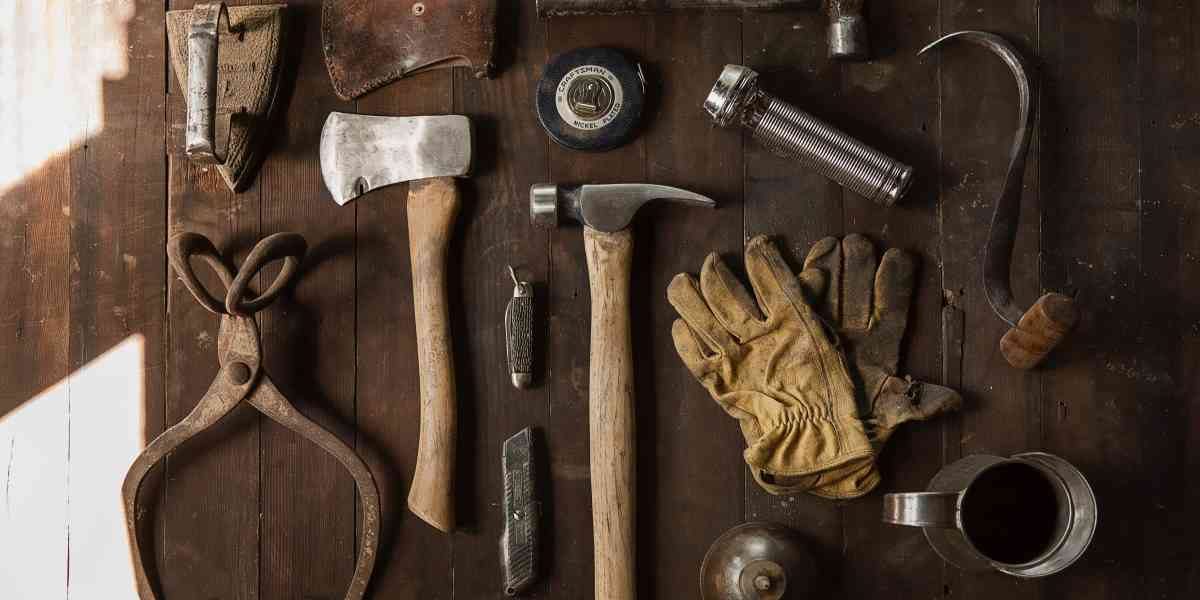Having the correct tools to hand make the art of archiving that much more efficient and increases the chance of better preservation success.
I have included below some of the key tools I use daily and why. The purchase links provided are for an affiliate programme so I do earn a very small commission that goes towards keeping this site up and running. If you do decide to purchase for your archiving needs please consider using the links below, and thank you in advance for your consideration.
2HB pencils
Resist the urge to have pens to hand. A few close calls later and I removed any permanent marker instruments from my work area. The 2HB’s are soft tipped enough that they do not mark the paper, and of course, pencil is easily erased should you need to make a change or it drops onto an area you didn’t mean to mark.
Dixon Ticonderoga Wood-Cased Pencils, 2 HB, Box of 12
Cotton gloves
I am of two minds when it comes to gloves. They can be incredibly useful in order to minimise damaging oils and moisture from hands but if used incorrectly they can also be more damaging with poor handling skills. I tend to ensure I have moisturiser free hands, clean and dry before touching any archives. Cotton gloves breathe well if you are using them for long periods of time and I do absolutely use them when handling archives such as photography as these types of papers immediately mark from any skin contact.
Archival Methods Light Weight Cotton Gloves Large, Package of 12
Storage boxes
Boxes to store your archives in are a very useful tool. Not only do they provide an easy way of stacking and storing archives but they ensure dust, pest and light exposure are minimised, a more consistent internal environment and of course protection from other elements such as water. There are a lot of “archive” style boxes out there on the market. The key to look for are those made from archive quality materials, in particular acid, PVC and lignin free. Not all cardboard is made equal and choosing the wrong type will impact negatively, and quickly, on paper archives.
Pioneer Jumbo Scrapbook Storage Box
Polypropylene storage devices
Photography in particular should be taken out of the old school magnetic or sticky albums. The glues will deteriorate the photographs and become harder to deal with later. If you choose to more photographs into another storage device I recommend polypropylene sleeves. They are not cheap but they are more likely to ensure you photographs remain preserved in a better condition than the alternative. If you are going to put photos back to back in the sleeves then I would also recommend putting archival card between the two as well or archival tissue as a buffer from transferring chemicals between the photos.
Lineco Polypropylene Photo Page 8X10 In 25Pk
Storage for negatives and slides
Storing negatives and slides in their own storage devices is preferred. Scratching will be a huge issue with negatives left in their original packaging, if that even still exists. Again, both of these types of products using storage devices with no PVC is imperative. Go for archival quality polypropylene products that come in large sheets so you can get the group of slides or negatives together. Don’t be tempted to double up on putting more negatives in the sleeve, they will scratch.
Archival Storage Sheets for 35mm Film Negatives 7 Strips 25 Pack
Print File Archival Storage Page for 20 Slides – Pack of 25
Archival quality tissue paper
Buffered or un-buffered tissue paper is a great tool to use when storing a number of paper archives together. It is expensive and unrealistic to think that you will put one set of archives per box. For space and cost only this is often an unlikely practice in small archives. Archival quality tissue paper therefore is a great tool to use as a protective layer. For example a scrap book placed in an archive box with a set of letters, a collection of postcards, and a photo album. Each of these could be wrapped in archival tissue paper to protect against rough surfaces of another archive, rubbing, chemical transfer etc. Buffered means the tissue paper has been treated with a product that helps to minimise acid migration out of the product to another. I prefer un-buffered as a bit of a purist so I have included that option as well.
LINECO – Unbuffered Acid-Free Tissue Paper, 30×40″, Pack of 12.
Lineco Buffered Acid-Free Interleaving Tissue Paper pack of 100 sheets, 10″ x 15
The Linen Lady’s Acid Free Archival Tissue Paper – Unbuffered & Lignin Free (25)
Share this Post

